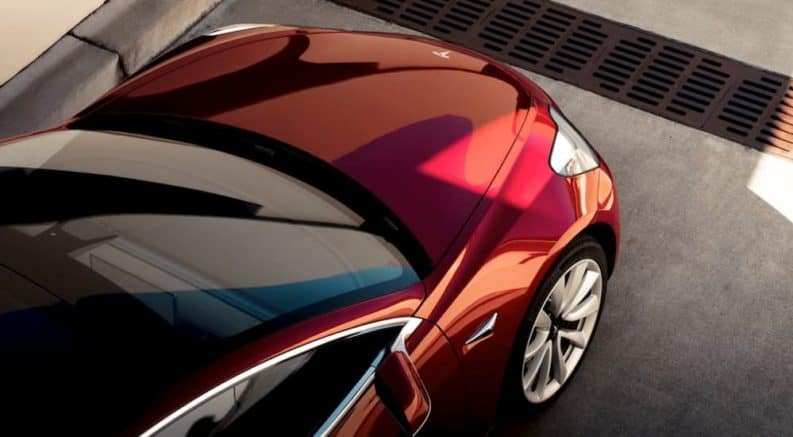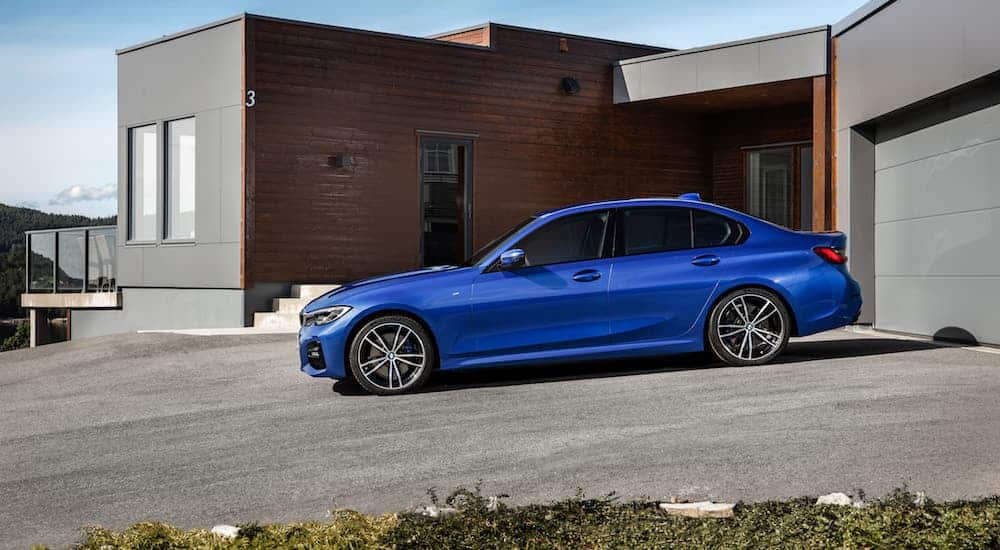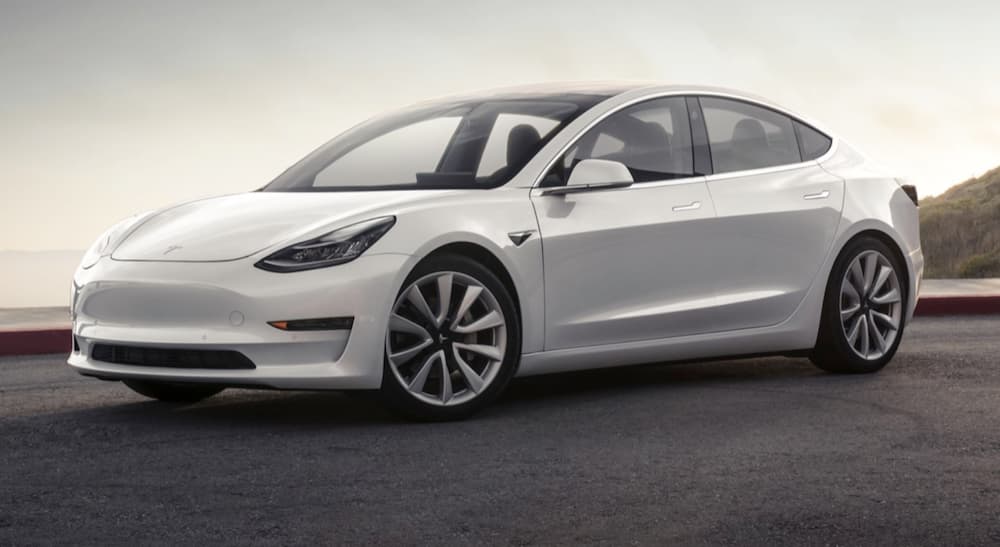Regardless of their well-publicized success and widespread influence when it comes to emerging technologies, there are those who feel compelled to write off Tesla as some kind of passing trend. Their rationale? It’s nothing new for emerging brands to come out of nowhere, answer the demands of the moment and then fall by the wayside when one of the bigger names finds a way to “do it better.”
That said, there’s something about Tesla that feels like a different sort of animal. In less than twenty years, they’ve gone from just another Silicon Valley startup peddling idealism to a global superbrand. Tesla has proven to be an innovative leader in the zeitgeist of automotive sustainability and autonomy. They’ve harnessed a multi-generational tech-savviness and propelled it forward using the youthful drive of Millennials and emerging Zoomers, without alienating Gen-X and Boomers. In fact, Tesla has managed to do what few brands have been able to do: minimize marketing, upend established distribution models and unite people in the process.
At the helm of this achievement sits Elon Musk, bolstered by a net worth of $24.3 billion, the psychic energies of 29.4 million Twitter followers, and (possibly?) the cosmic influence of a ‘star-manned’ Tesla roadster that now serves as an artificial solar satellite. Okay, that last part might be stretching things a bit, but the 2018 Falcon Heavy launch (and continued SpaceX efforts) speak volumes of the expansive vision of Musk and the zealotry he inspires.
Tesla has been called the ‘Apple’ of the automotive world which, I suppose, would make Elon Musk the equivalent of Steve Jobs (albeit with nearly three times his net worth). But if we were to describe Apple as a rock and roll company, Tesla has started to feel like an EDM-fueled rave at MIT. They have personality to spare. They’ve embraced the idea of creating a visionary community experience and prioritized that experience above traditional methods of hard selling. Over the last four years, they’ve offered products that embody collective hopes, creating demand that might not have previously been there. Bottom-line: Tesla is anti-establishment establishmentarianism at its finest and they continue to inspire and drive more change than the naysayers realize.
And then there’s the Germans.
BMW in a Vacuum
In the past year, German car production has reached its lowest point in ten years. Between emissions scandals, a shift in cultural mindset away from combustion-engine designs, evolving emissions standards, and an ever-increasing interest in data connectivity, consumer stock in Bavarian engineering seems to be on the downswing. Factor in the current instability of Germany’s economic health, and German automakers are feeling the hurt.
That said, they’re not going down without a fight. The VW Group and their respective brands have joined other automakers in advocating an all-electric future. BMW’s head of labor Manfred Schoch has gone on record stating that he’s “absolutely convinced that carmakers will adapt to the situation,” and “those that don’t will go out of business”.
But where does that leave BMW? Well, the BMW i lineup is certainly compelling. From the sleek futurism of the i8 Coupe, to the awesome efficiency of the of the i3 and i3s, BMW has made it clear they’re no victim of their own longevity. Their styles are fresh, their vision is forward-thinking and (setting aside some difference in target demographics) the changing face of their production models speaks to the same kind of evolving sensibilities as Tesla. Plus, setting aside their clear willingness (and readiness) to innovate, they’ve asserted their commitment to sustainability with their Moses Lake, Leipzig facility, ranked as one of the world’s most eco-friendly facilities.
So, everything’s rosy over at BMW, right? Their reputation as the “Ultimate Driving Machine” is intact, thriving without any threats looming over the horizon, right? Well, not necessarily. In fact, a recent study showed the vehicle most commonly traded-in for the Tesla Model 3 was (you guessed it) the BMW 3 Series. So, let’s use that as the basis for comparison.
BMW vs Tesla
To explore the changing faces (and relationship between) BMW and Tesla, it’s important to take an apples-to-apples approach. So, let’s set aside the brands respective differences in longevity, corporate image and reputation to focus on their most comparable offerings. In this case, we’ll look at the BMW 330i with the Sport Package and compare it against the standard Telsa Model 3.
Stylistically, neither one is designed to set hearts ablaze, but both are 100% on-brand. The simple refinement of the 330i reflects the subtle iconography one expects from a German sedan, while the Model 3 boasts the sleek, minimalist approach we expect from all things Tesla.
When it comes to cabin design, one can’t help but acknowledge the ugly truth that BMW could be accused of lagging behind the likes of Audi and Mercedes when it comes to interior design on the 3 Series. There’s a sense of over-engineering going on, with bulky angles taking up valuable cabin space, all to create otherwise useless surface space. Sure, there are some respectable material choices (Cognac Vernasca leather, for example) but the overall conceptualization of the 3 Series’ layout feels somewhat dated.
Design, of course, is subjective.
So, what about the Model 3’s cabin? Well, here’s where we fall into ‘apples and oranges’ territory because the simplified minimalism of the Model 3 just might make it the antithesis of BMW’s “kitchen sink” approach. Where BMW went with angles, Tesla chose clean straight lines. Where BMW created surfaces, Tesla opted for negative space. Some might still prefer the 3 Series’ more traditional approach, but Tesla gets points for a cleaner, fashion-forward design which includes stronger and more thoughtful material choices.
But the ‘apples to oranges’ gap extends to discussion of performance. BMW’s reputation as the ‘Ultimate Driving Machine’ comes with a built-in expectation of a true driver’s experience. Tesla? Not so much. So how do these two examples of each brand measure up?
The 330i helps to restore the sports performance reputation to the 3 series, especially with the M-tunes suspension and sport differential. Quick turns and optimal weight distribution make it well-balanced, and the modest 2.0-liter turbo four cylinder may not wow you with its 255 hp and 295 lb-ft of torque, but engaging the sport mode offers improved low-end throttle response and tighter steering, providing a 5.2 second sprint to 60 mph.
The Model 3 delivers up to 271 hp and 317 lb-ft of torque, along with a 3.5 second sprint to 60. These aren’t big jumps in terms of numerical value, but the Tesla certainly feels quicker in the most appreciable way (i.e., the seat of your pants). Where it lags is in the overall handling, with the Bimmer earning distinction as a true driver’s car and offering a more satisfying experience in the corners and turns.
Choosing a leader in terms of technology and safety is easy. While BMW’s offerings measure up perfectly in terms of today’s expectations, Tesla’s entire platform is built on innovation (especially the kind centered around autonomy). As such, it’s easy to see where Tesla might excel in terms of hard and software, with its AutoPilot feature bridging the gap between today’s driver assistive technologies and tomorrow’s self-driving cars. And when it comes to infotainment, Tesla offers a more user-friendly interface that’s both easily navigable and responsive. We still like the novelty of BMW’s gesture and voice command options, but Tesla stands head and shoulders above our German friends when it comes to offering the tech of tomorrow. I mean, hell, it updates every quarter and makes the Model 3 feel like it’s (almost) a new car.
Our Hot Take
Let’s be honest, both BMW and Tesla boast huge loyalist and enthusiast fan bases. They also represent two very different kinds of drivers. That said, the long-term challenge faced by both comes down to BMW’s ability to “keep up” and Tesla’s ability to “stay ahead”. Either could prove successful, and either could fall short. Ultimately, only time will tell, but we can’t help but think Tesla’s going to be the long-term winner here, reshaping our perception of what the “Ultimate Driving Machine” truly is.






